Ancient Stone Circles of the UK
Ancient stone circles can be found across the UK, hinting at our heritage. Here are some of the best examples to visit.
Ancient Stone Circles of the UK
https://www.contours.co.uk/ancient-stone-circles-of-the-uk
by Sue Talbot
The UK is renowned for its numerous ancient stone circles, which continue to captivate the imagination of historians, archaeologists and visitors from around the globe. These prehistoric marvels dot the landscape, offering a glimpse into the mysteries and cultural significance of our ancestors. While Stonehenge is undoubtedly the jewel in the crown, there are many more fascinating sites to explore.
Situated amidst the serene beauty of the Lake District, Castlerigg Stone Circle stands as one of the oldest stone circles in the UK, dating back to around 3200 BC. Comprising of 38 stones, some reaching heights of three metres, this circle is believed to have served both astronomical and ceremonial purposes. Its enchanting location adds an ethereal quality to the site, making it a magnet for nature lovers and those seeking a connection to our ancestral past.
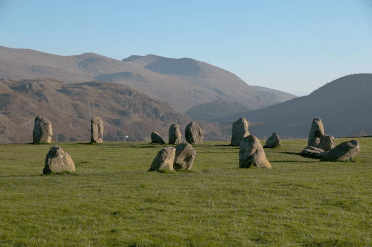
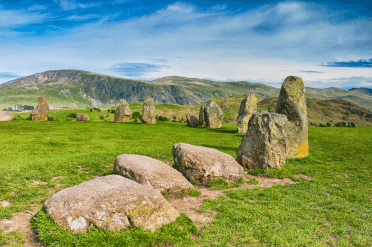
Undoubtedly the most iconic stone circle in the UK, Stonehenge has fascinated people around the world for centuries. Located in Wiltshire, this colossal monument dates back to around 3000 BC. Composed of upright stones and massive lintels, it is considered an architectural marvel for its precise construction. Despite extensive research, the true purpose of Stonehenge remains elusive, but theories ranging from religious rituals to astronomical alignments have been proposed. Its sheer grandeur and enigmatic nature continue to spark theories and fuel awe among visitors.
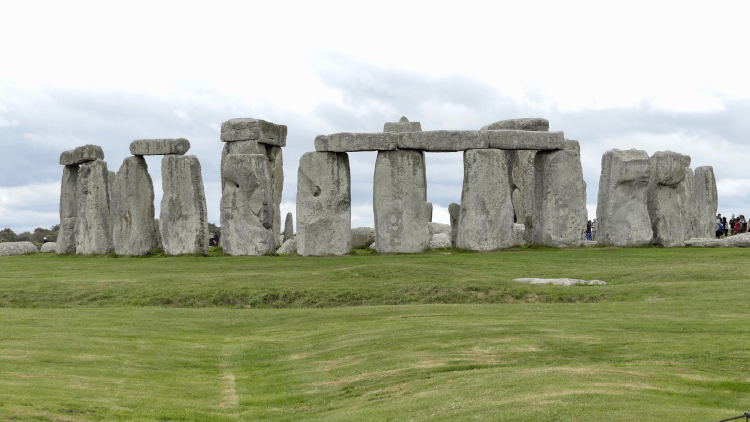
Spanning a vast area, Avebury stone circle is one of the largest and most complex prehistoric sites in the UK. Located in Wiltshire, the site dates back to approximately 2600 BC, encompassing a circular ditch and a massive bank, alongside standing stones. The sheer scale and arrangement of Avebury show its importance as a ritual site, potentially serving as a place for ancient feasts or gatherings. The village of Avebury, nestled within the circle, adds an enchanting touch to the mystical ambience of the site.
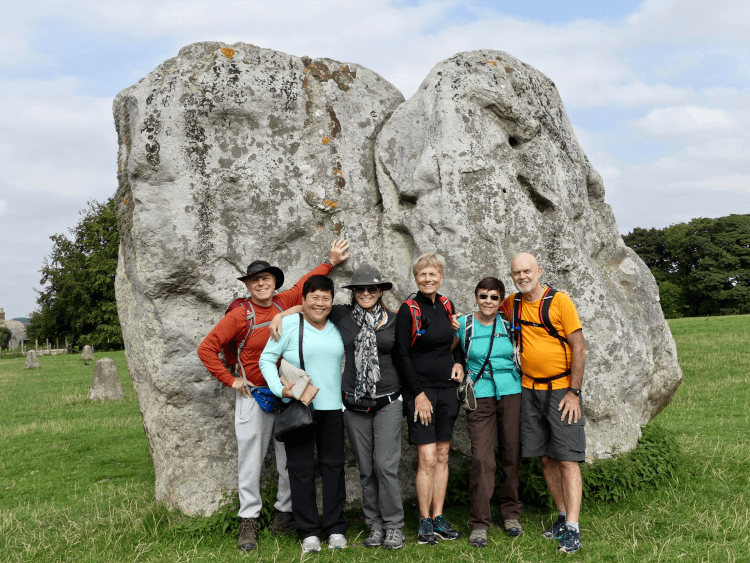
Found in Somerset, the Stanton Drew stone circles consist of three distinct circles known as the Great Circle, the North Circle and the Cove. Although not as well-known as some of its counterparts, the site holds equal significance. Dating back to the Neolithic period, the circles may have played a central role in religious or ceremonial rituals. The unique alignment of the stones, precise to astronomical events, suggests an inherent understanding of the cosmos in the ancient builders.
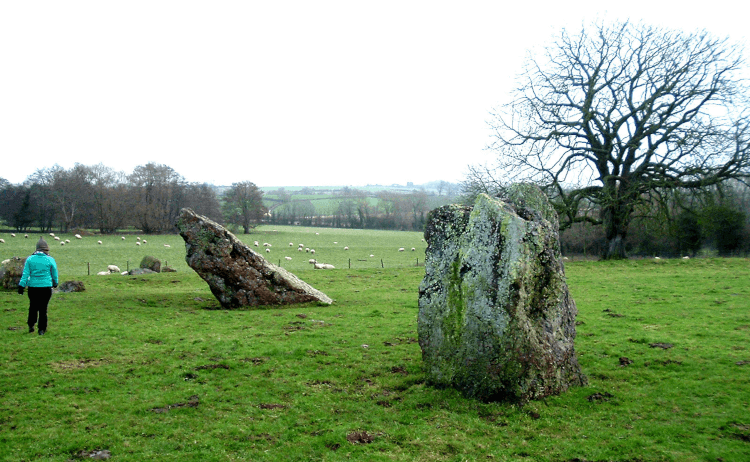
Megaliths by John W. Schulze. Shared unaltered under a Creative Commons licence.
Nestled within the South Shropshire hills, Mitchell’s Fold stone circle is relatively small but remains significant in the context of British stone circles. With a diameter of approximately 27 metres, it consists of 15 stones, some of which are broken or missing. The site’s rural, secluded setting adds to the mystical allure, hinting at its potential connection to local folklore and tales. Despite its smaller scale, Mitchell’s Fold stands as a testament to the widespread occurrence of stone circles across the UK.
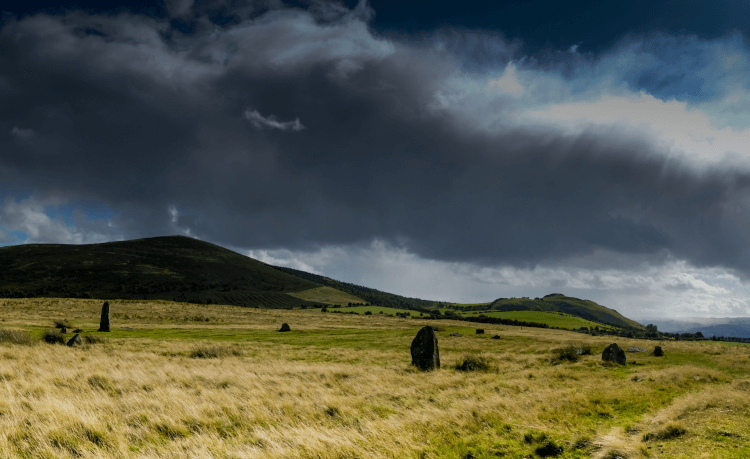
Located on the borders of Oxfordshire and Warwickshire, the Rollright Stones encompass three distinct elements: the King’s Men stone circle, the Whispering Knights burial chamber and the King Stone. Dating back to the Bronze Age, this group of monuments is steeped in myths and legends. Folklore claims the stones were once a king and his knights, turned to stone by a witch. Today, visitors are drawn to this enigmatic site, contemplating the legends while immersed in its ancient ambience.
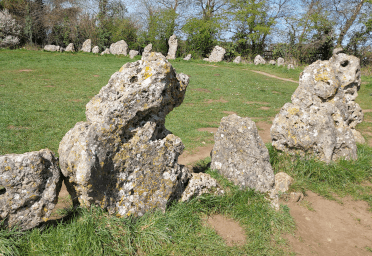
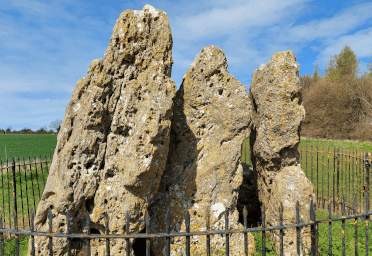
Shots of the Great Rollright Stones by Embrace Historia. Both shared unaltered under a Creative Commons licence.
Situated in Northumberland, the Duddo Stones is a small but captivating Neolithic/Bronze-Age stone circle consisting of five granite columns. Although modest in scale, the site is certainly worth visiting. The stones are made of local sandstone and have been shaped into unusual formations by the forces of nature. Locals and visitors have dubbed the monument as ‘The Singing Stones’ and ‘The Women’.
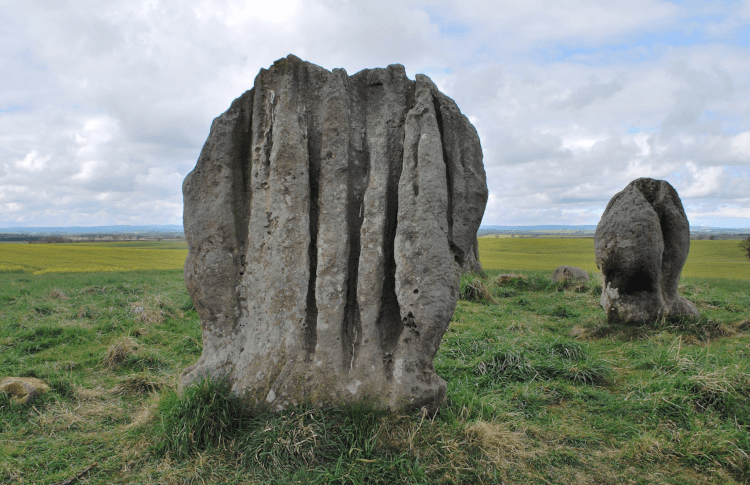
Duddo Standing Stones by David Clay. Shared unaltered under a Creative Commons licence.
Adventure Travel Blogger
Sue Talbot is an adventure travel blogger and iPhone photographer who’s often found hiking up the Lakeland fells or swimming in fairy pools. Her outdoor adventures and photographs can be found on her blog, Lifehop, and also her Lake District Lovers Facebook page.